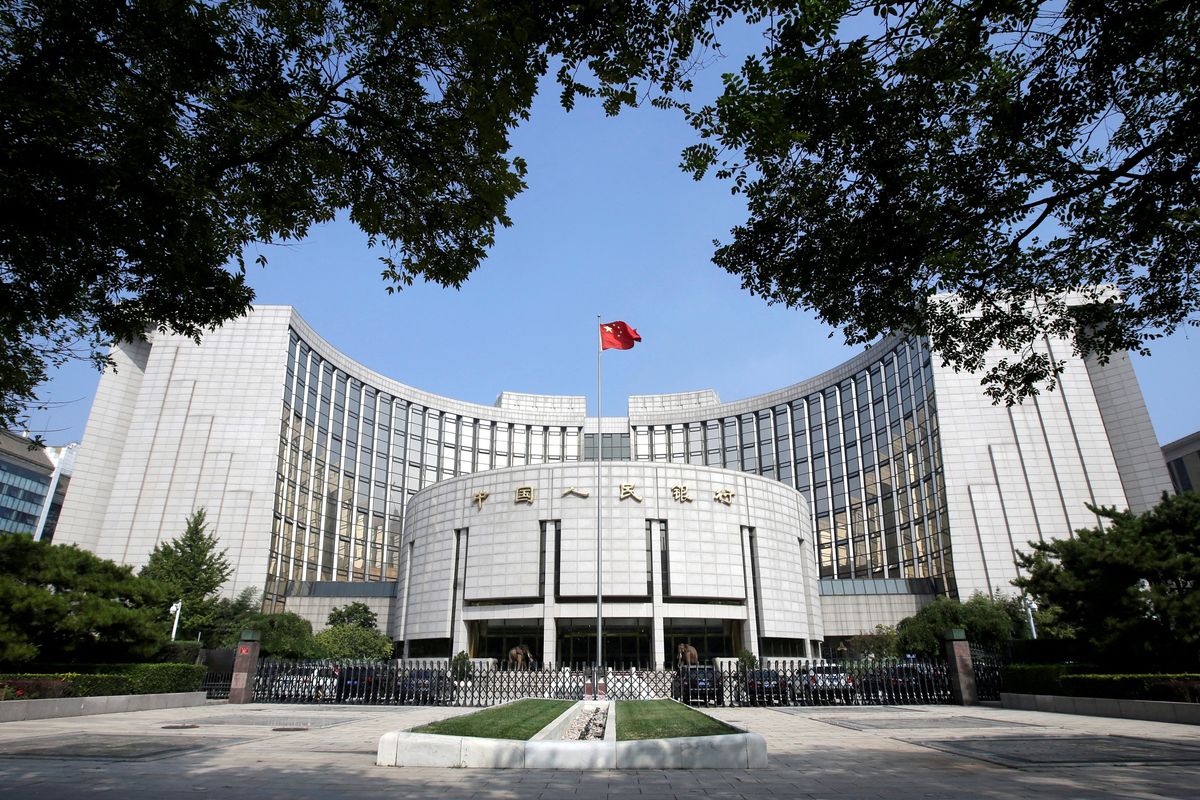China’s Central Bank adjusts policy focus, Likely to cut rates further
Fitch Ratings expects further easing measures as the PBoC moves away from its ‘prudent’ stance to stimulate the economy.

Headquarters of the People's Bank of China (PBOC), the central bank, is pictured in Beijing, China
Reuters
The People’s Bank of China is likely to make further cuts to its seven-day reverse repo rate this year, following its reduction to 1.4% from 1.5% on May 9, Fitch Ratings said in a new report.
The move is consistent with the PBoC’s transition—announced last December—from a “prudent” to a “moderately loose” monetary policy stance. The central bank also lowered the reserve requirement ratio for large banks to 9.0% from 9.5%.
Changes to the Medium-Term Lending Facility have reduced its role as a policy signal, with the PBoC now conducting auctions for fixed quantities at variable rates. Fitch’s Global Economic Outlook has previously included forecasts for the one-year MLF rate. Starting with the June edition, Fitch will instead forecast the seven-day reverse repo rate as the policy interest rate.
Fitch expects sharp rate cuts due to the impact of the global trade war on China’s economy, although the easing may be limited by the recent de-escalation in trade tensions following the U.S.-China joint statement. If Fitch’s current MLF rate cut forecasts were applied mechanically to the seven-day reverse repo rate, it would fall to 0.5% by the end of 2025.
The PBoC’s policy actions underscore its continued use of both price- and quantity-based tools, despite a broader shift toward a price-based policy framework over the past year. Last June, the central bank said the seven-day reverse repo rate “fulfills the function” of a main policy rate.
In July, it announced that overnight repo and reverse repo operations would take place at 20 basis points below and 50 basis points above the seven-day reverse repo rate, respectively, to establish a much narrower corridor for interbank rates.







Comments
See what people are discussing